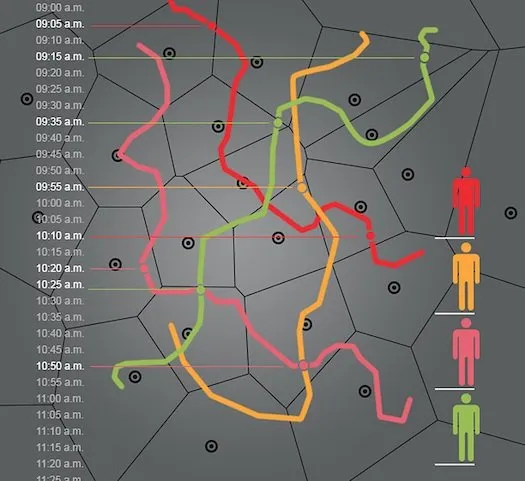One of NASA’s applied sciences development program – NASA DEVELOP aims at getting young researchers to highlight fresh applications of Earth Observation data and increase understanding of how NASA’s Remote Sensing products can be used to serve the community. The second Virtual Poster Session (VPS) of 2013 (under the NASA DEVELOP program) saw 141 young researchers from across the globe to collaborate on 30 projects under 6 different themes ranging from Monitoring Earth’s Water Sources, Sustainable Agriculture, Forest Ecosystem, Air Pollution Monitoring, Climate and Energy and Natural Disaster Prevention and Monitoring.
One of the persistent problems that plague the world and our biodiversity – Forest Fires! The research work emerging out of the NASA DEVELOP seeking to tackle that was “Studying Wild Fires in Coahuila, Mexico using NASA’s Earth Observations” by a six member team.
Geoawesomeness: Aren’t there similar real time fire monitoring systems available already?
Rohini: The main intention of NASA DEVELOP program is to take the free resources NASA has into the real world, especially the developing world ! And we are just trying to do that. To show the people where and how to get these data and utilize it for no cost!
Geoawesomeness: What makes it unique ?
Rohini: The only thing that makes it unique is the fact where we are introducing these models and remote sensing data to a developing country. Simulating fire is something thats close to science fiction in these areas and even detecting fire takes days ! The models are originally designed to use in situ data (data from the ground), the state we are looking at in Mexico has no weather stations in the high risk zones. So we ran the models completely with free satellite data! (This can be considered a positive as well as negative point, positive as it shows the power of satellite technology to recreate a fire from long time ago, negative as we didn’t have any means to compare the accuracy of these data – that would be one of the future works)
Geoawesomeness: How accurate is your fire model?
Rohini: The models are designed based on the national vegetation types (Canada and US). What we have tried to do is to take the same approach but design a new fuel type classification to match it to that of Mexico, just to show that these models can be taken across boundaries. Farsite (from US) gave an accuracy of 62% (over three large fires, when compared to Landsat data) and Prometheus (from Canada) gave an accuracy of around 54% (makes sense as there are very little similarities in vegetation between Canada and Mexico) and the accuracy is not at all bad, considering the fact that we had no data to begin with ! So there is a fire today, we can pretty much guess 60% of land thats going to get burnt in coming days! This would be a blessing in disguise for most people living in these areas!
Geoawesomeness: Are there plans for you to expand this work to regions across the globe?
Rohini: Not at this point as we have partnered to work with this particular state in Mexico. But the methodoloy used can be adopted to any country (with a simple highlight, zero cost involved! ). In nutshell, we are trying to provide easy access to advanced technology to a developing country, just to make their lives a little better 😉
Whats worth finding a hotspot from MODIS to that of having hundreds of watch towers!? I would say, quite a lot 😉
Studying Forest Fires using Remote Sensing might be something that been around for a while but somehow it seems the awareness of utilizing such systems for preventing them still leaves a lot to be desired. It’s projects like these that will help bridge the gap between the potential of Remote Sensing and its real utilization on ground.
What do you people think about this project? Let us know! And if you have a few questions for the team yourselves, click on this link to post your questions to the Ms. Rohini and her team.
Oh and yeah, if you are working on utilizing geospatial technology for new and novel applications, we would love to hear from you 🙂






